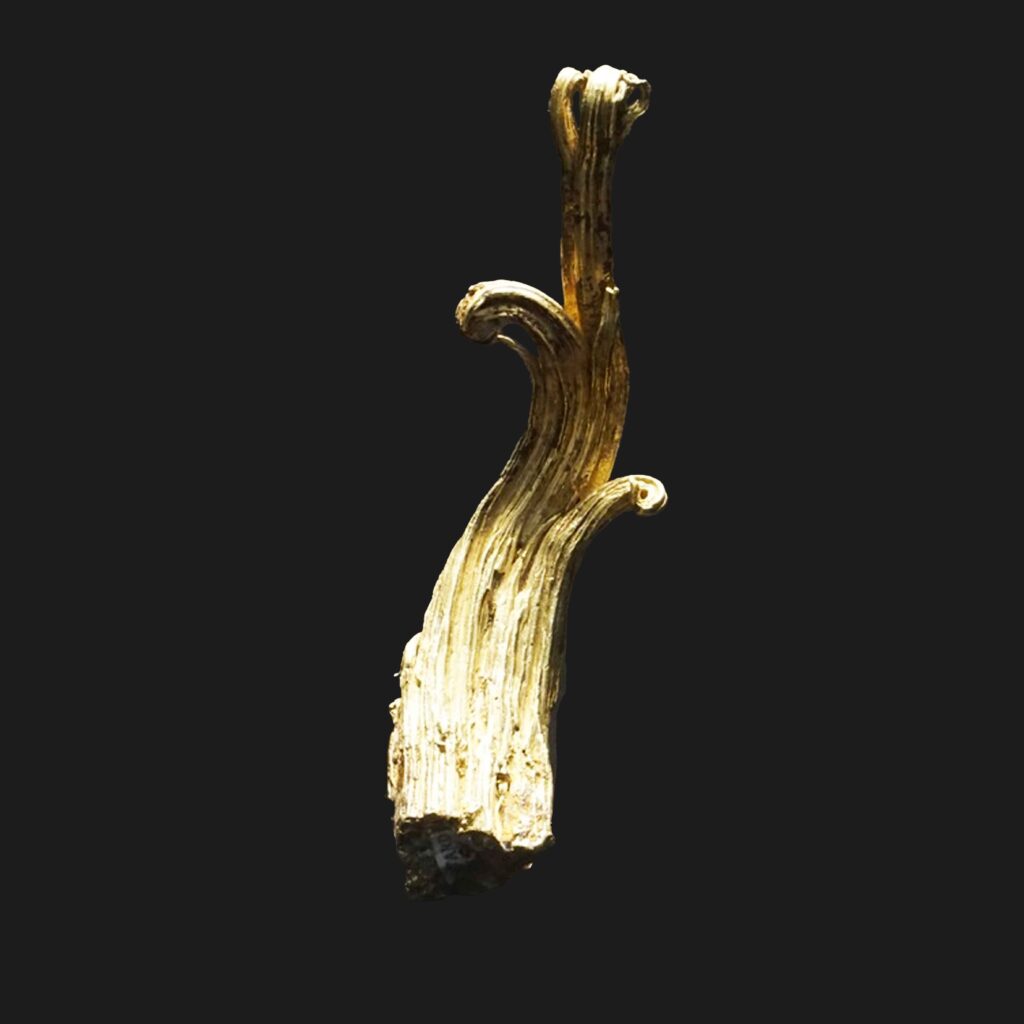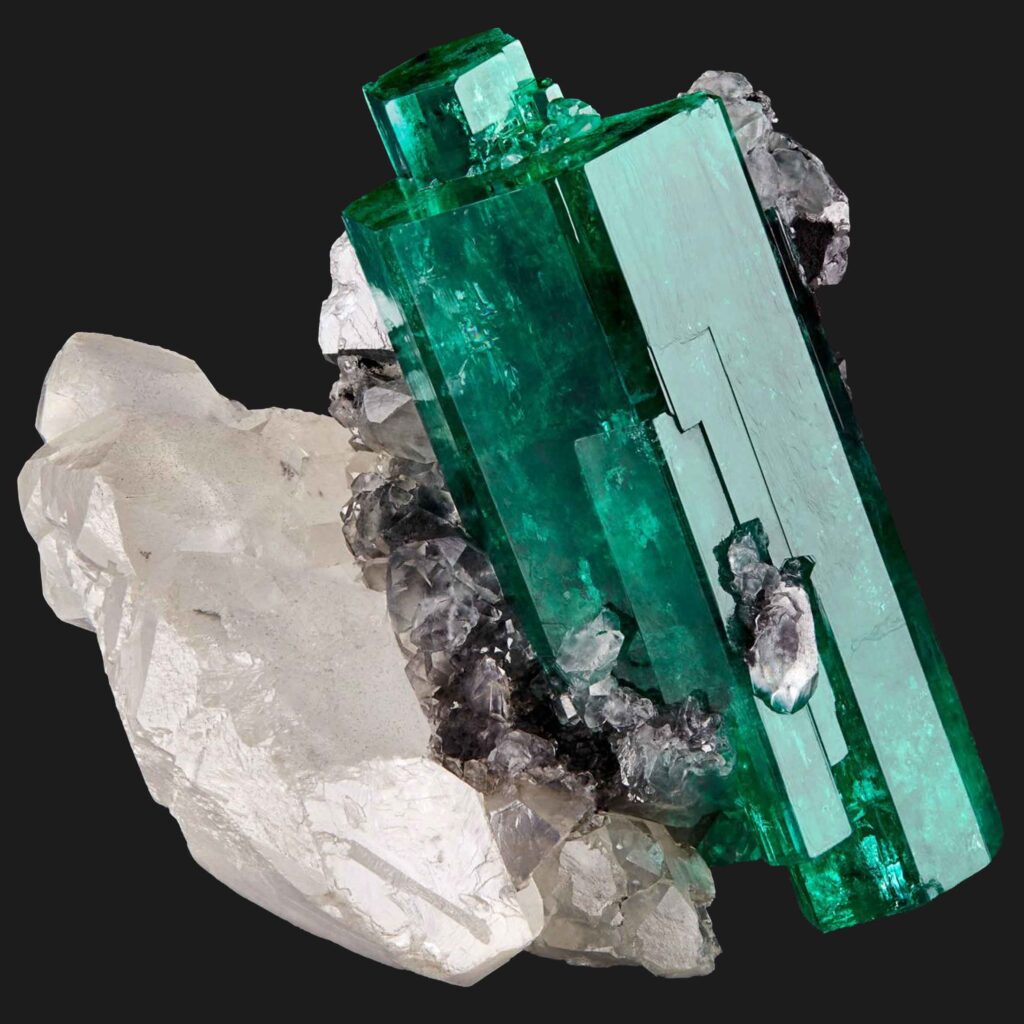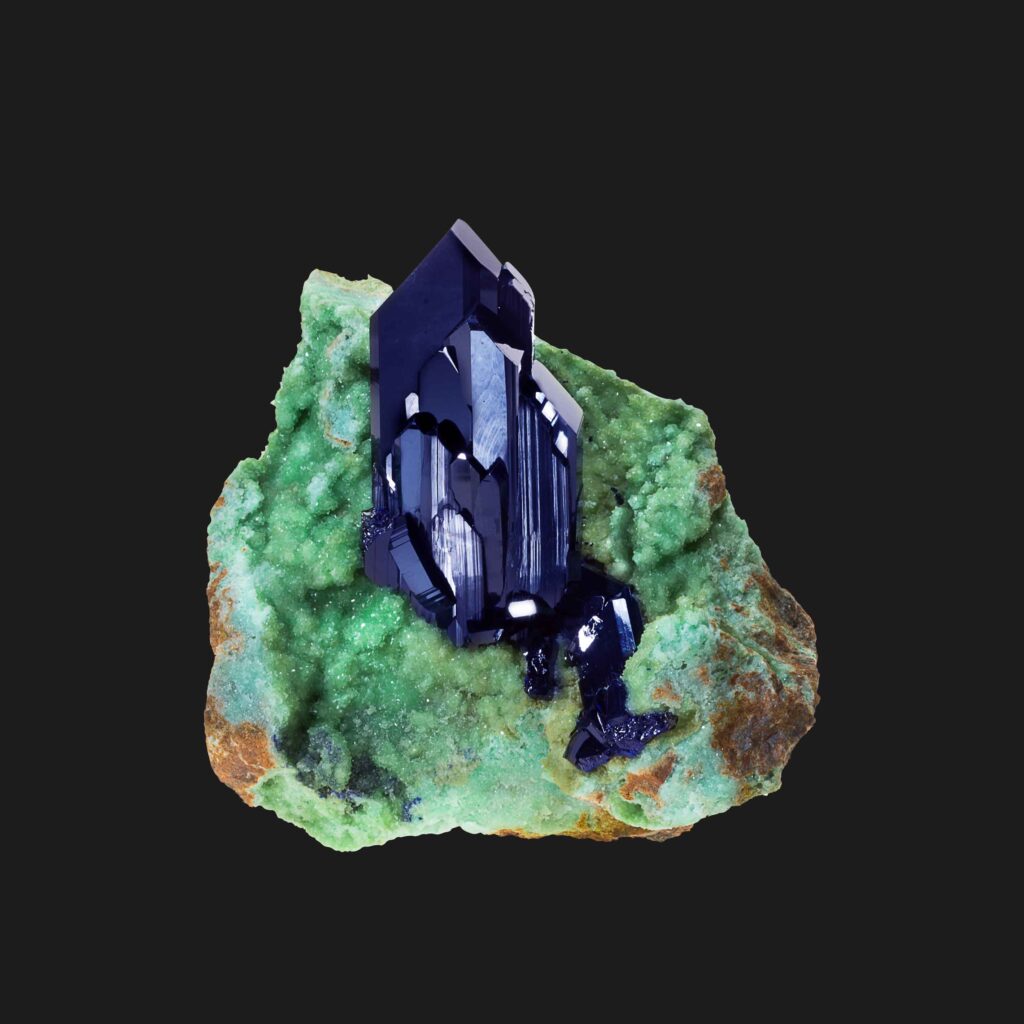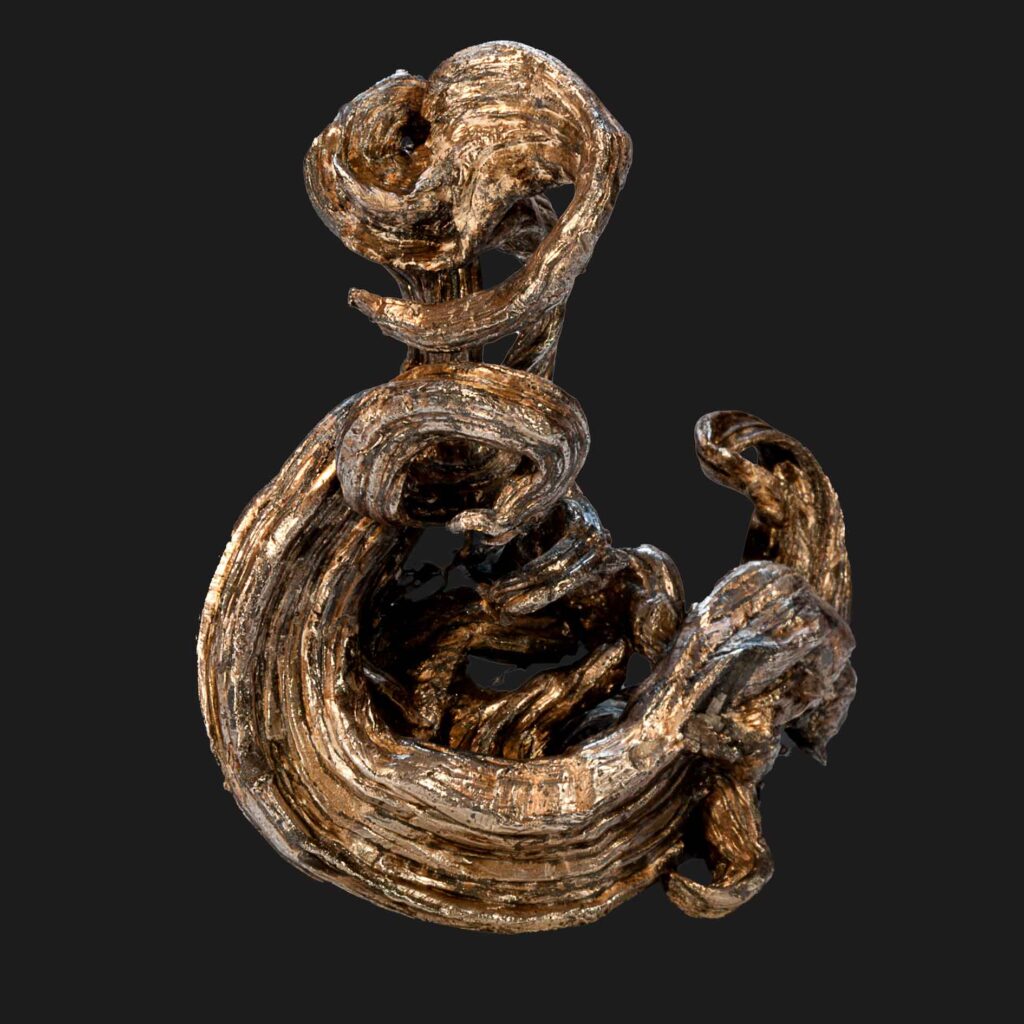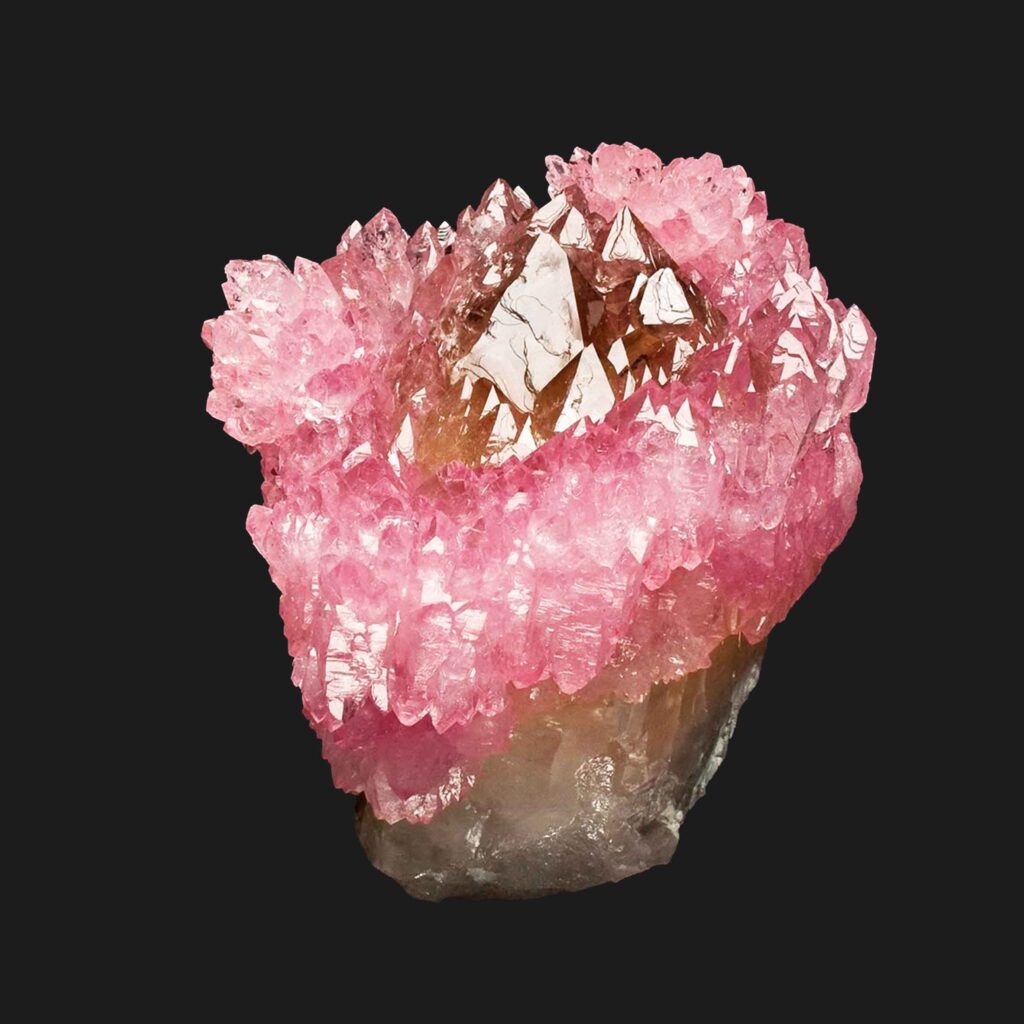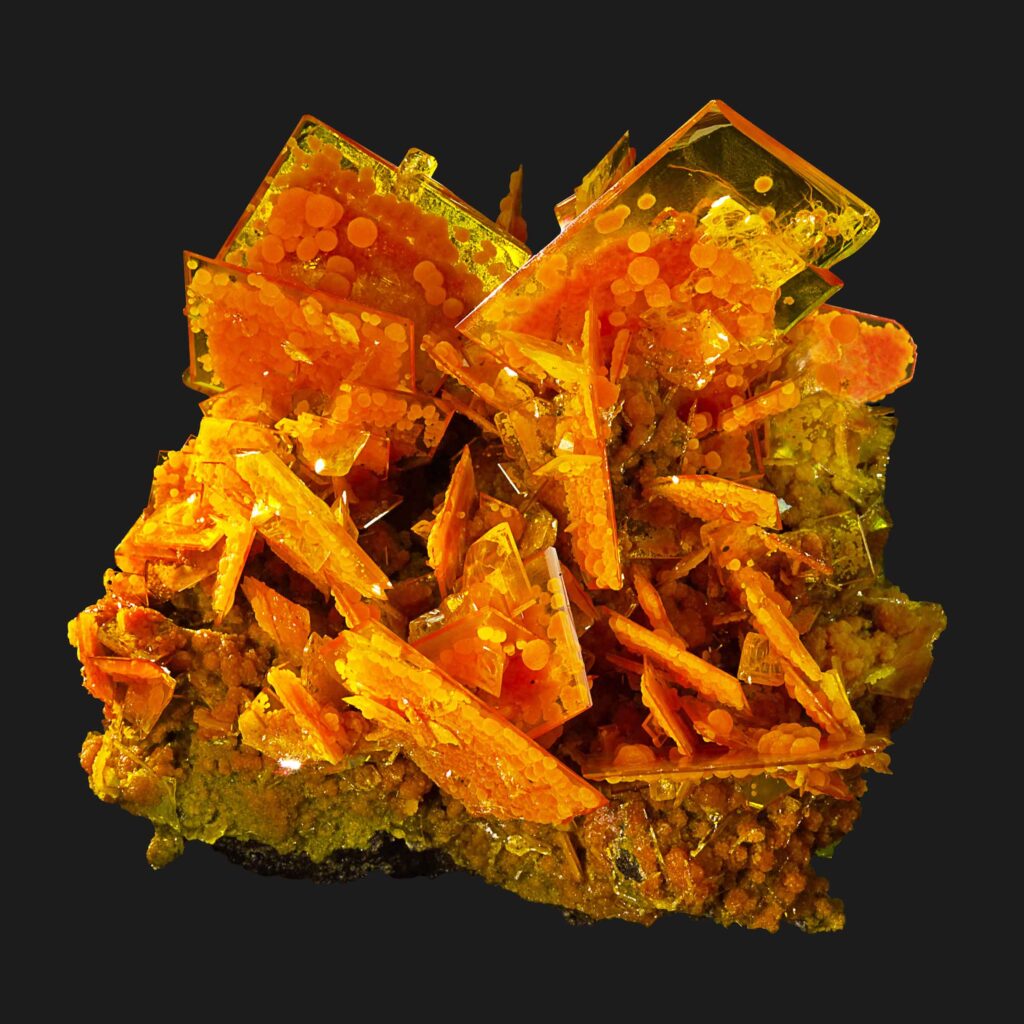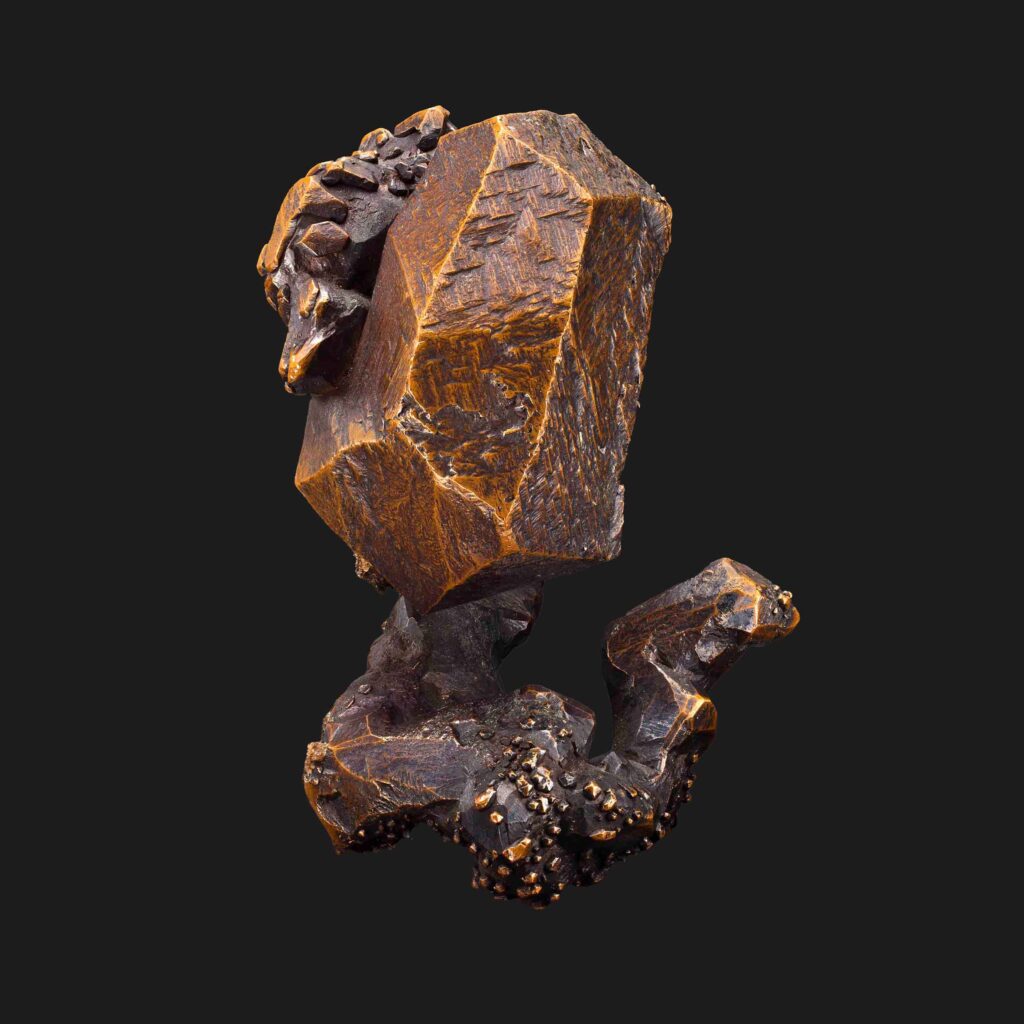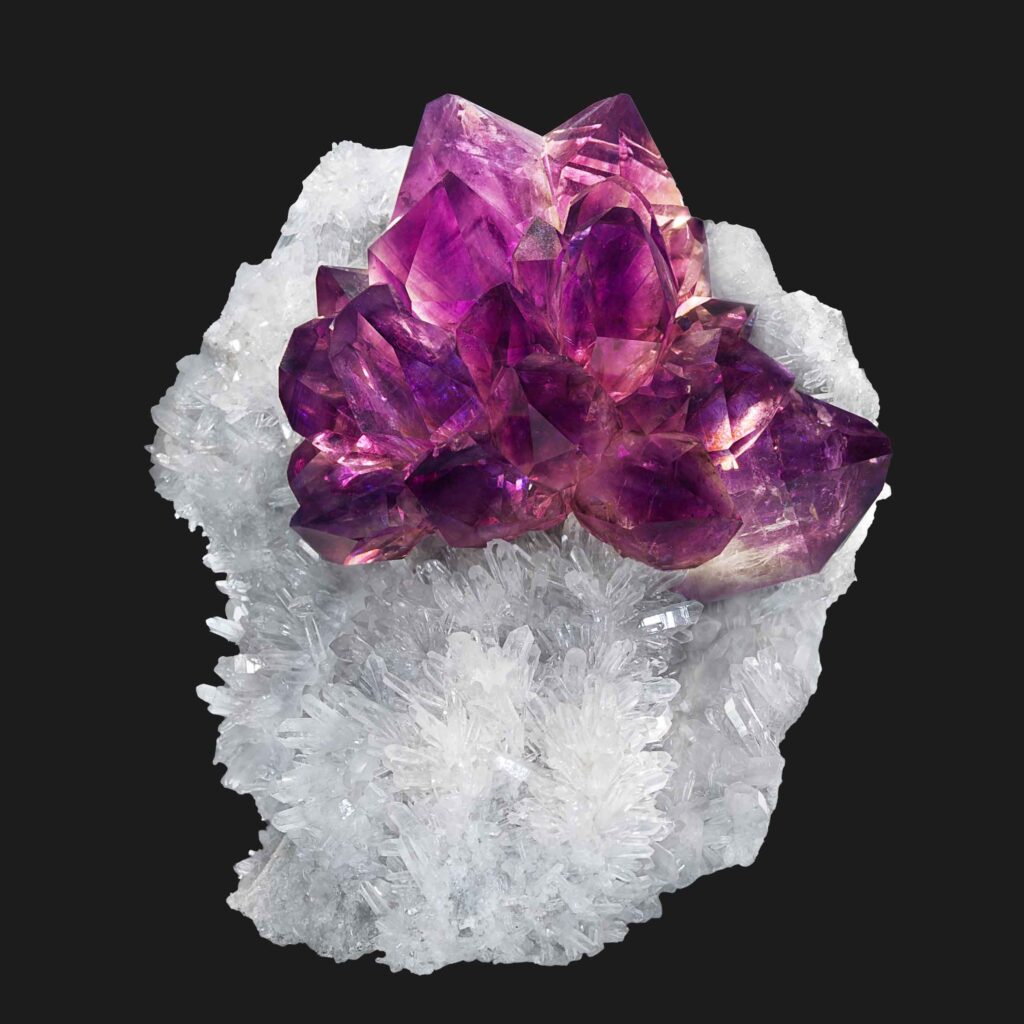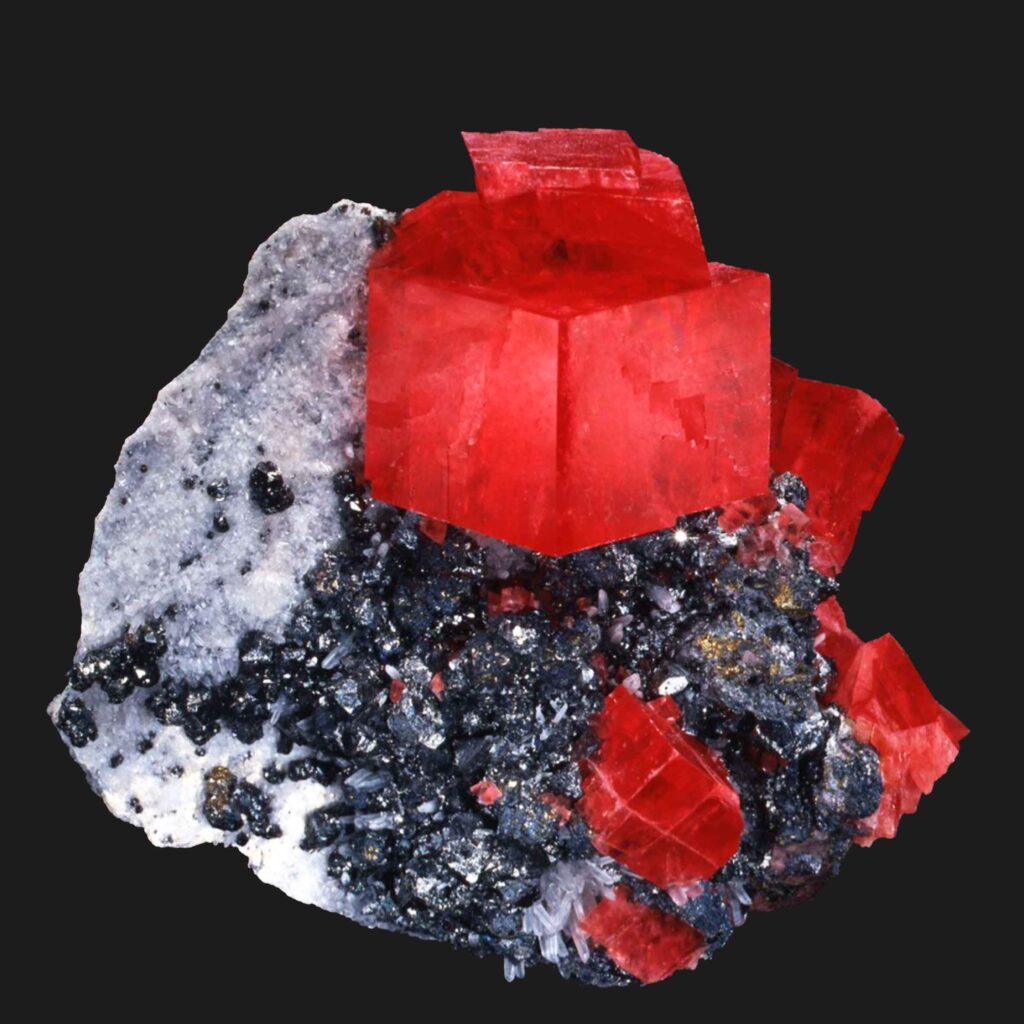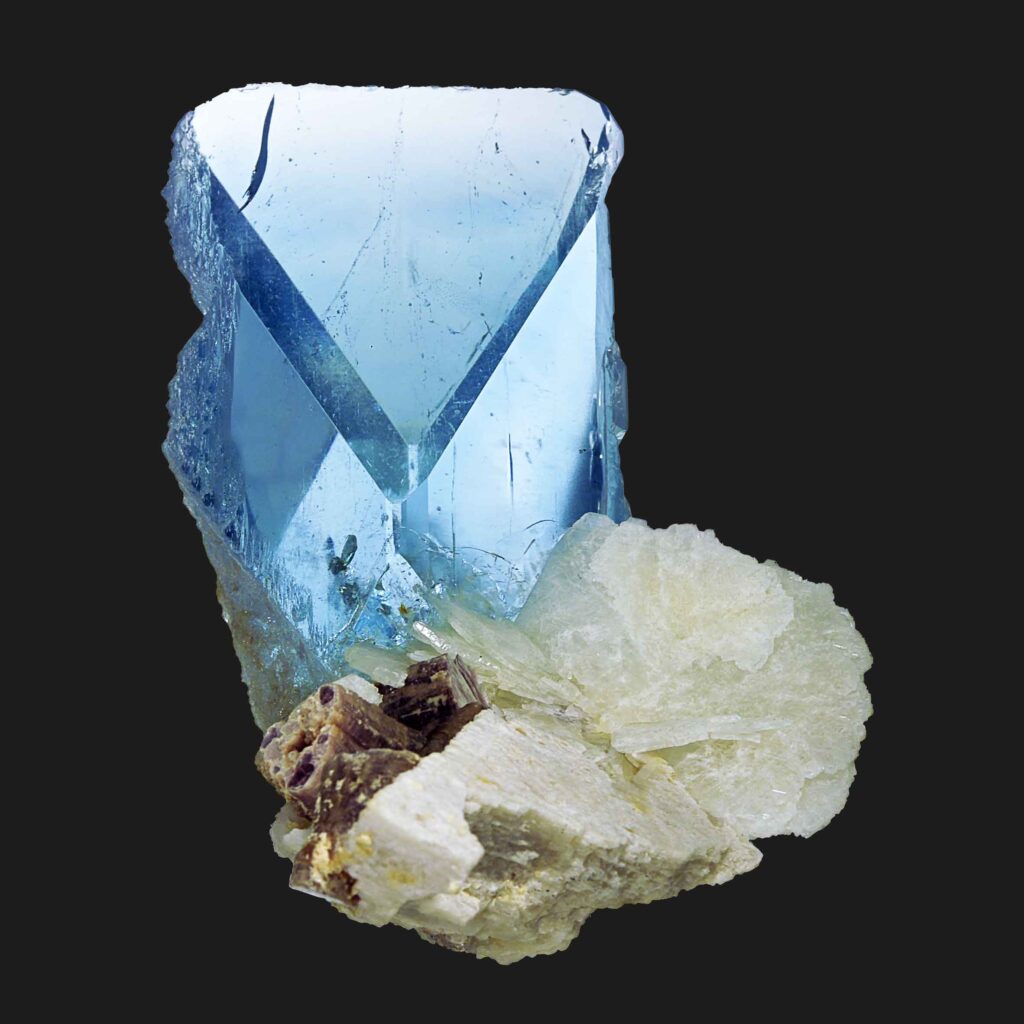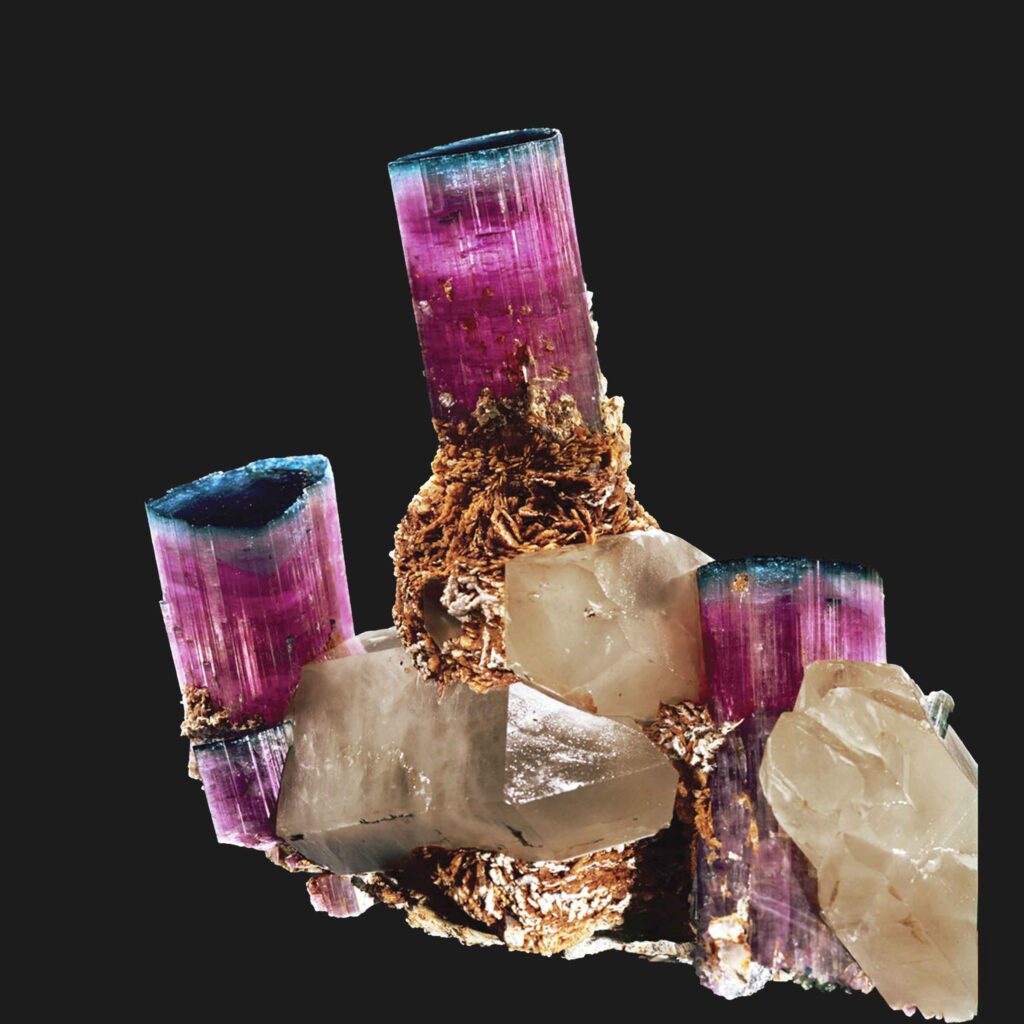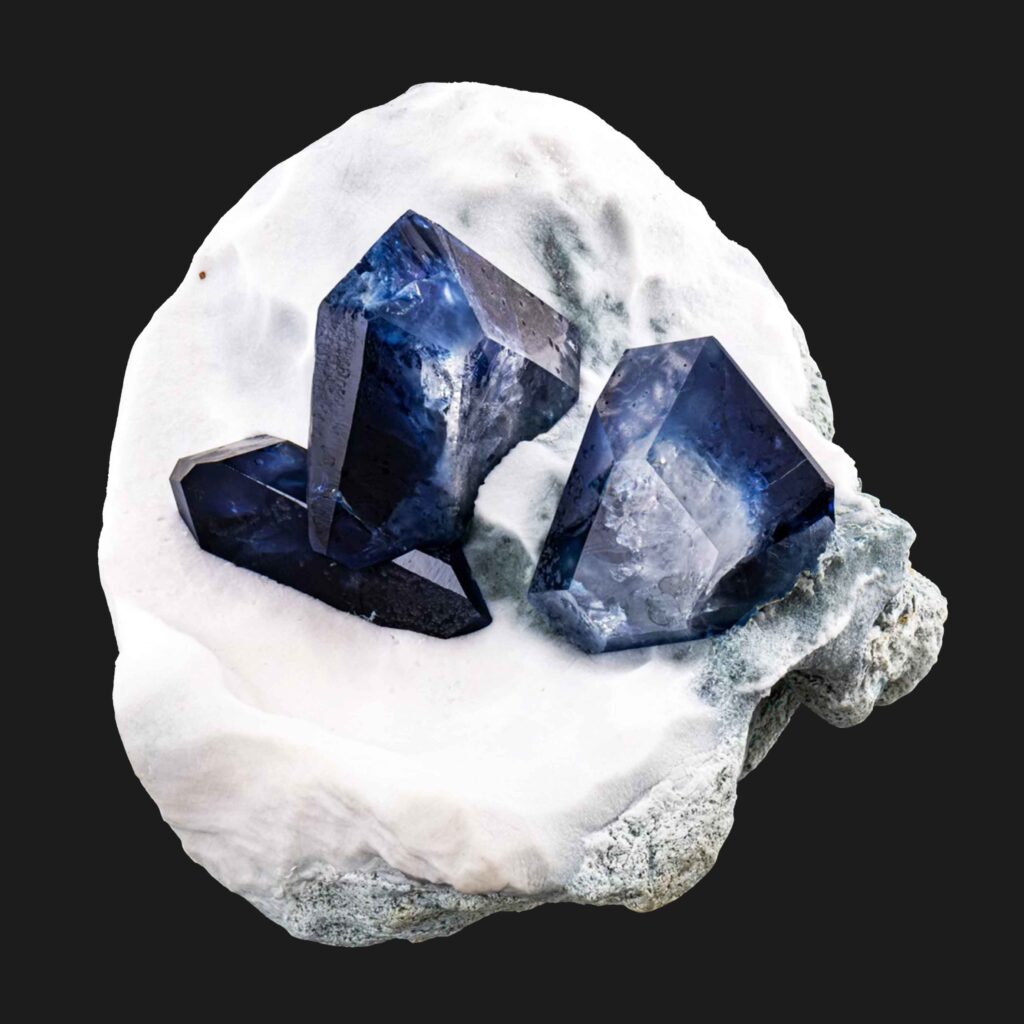native gold - Ground Hog Mine, Gilman District, Colorado, USA
Aesthetic, sculptural, and virtually one of a kind… The Harvard wire gold is universally revered and considered an icon of mineralogy. The art-nouveau lines, extreme rarity, and absurd quality of this ”Mona Lisa” places this at the top of the connoisseur’s desiderata. The gold value is approximately 10-12 thousand dollars; the collector value is in the millions if not, priceless. I have had the opportunity to visually and physically inspect this icon and from personal experience, the ”wow-factor” was clearly in effect. Breathless…
